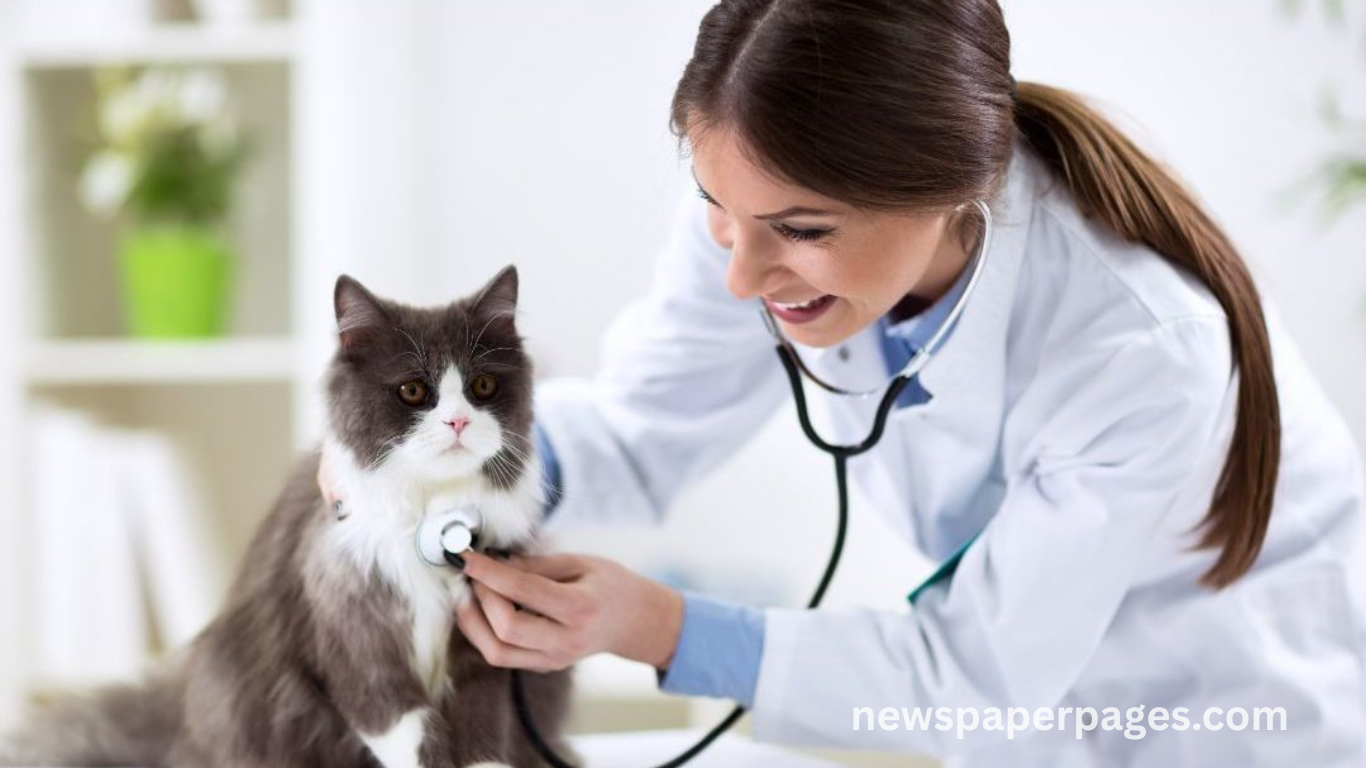Taking your pet to the vet is a crucial part of responsible pet ownership, yet many pet parents feel anxious before the appointment often because they’re unsure of what to expect. Whether you’ve recently adopted a furry companion or it’s just time for a routine check-up, understanding the process can help you feel more confident and better prepared.
A veterinary visit is not only about treating illness but also about preventive care, building a health history, and ensuring long-term well-being. From the waiting room to the examination table, this guide walks you through the steps of a typical veterinary visit so you can focus on what matters most—keeping your pet healthy and happy.
Preparing for the Veterinary Visit
Preparation can significantly reduce stress for both you and your pet. Start by gathering important medical records, a list of medications your pet takes, and a note of any unusual behaviors or symptoms. Familiarize your pet with its carrier or leash beforehand to make travel smoother.
Also, consider fasting your pet if the vet may need blood work, but only do so if advised. Keep a calm tone and reward good behavior with treats or praise to set a positive tone for future visits.
Checking In and the Waiting Room Experience
Upon arrival, you’ll be asked to sign in and provide some basic information. For new patients, this may involve filling out intake forms about your pet’s health history, diet, and behavior. Receptionists often use this time to verify your contact details and confirm the reason for the visit.
In the waiting room, your pet may feel overwhelmed by other animals and unfamiliar scents. Keep them close, calm, and comforted. For cats or anxious dogs, a covered carrier can help reduce visual stimuli and stress.
Meeting the Veterinary Technician
Before the vet arrives, a veterinary technician may take your pet’s weight, temperature, and vital signs. They’ll ask questions about your pet’s overall health, diet, behavior, and any recent changes you’ve noticed.
Read More : Specialized Infertility Services – How an OB/GYN Group Can Help You Conceive
The technician is also responsible for preparing your pet for exams or diagnostic tests. They act as a crucial communication bridge between you and the veterinarian, helping ensure nothing is missed in your pet’s health assessment.
Physical Examination by the Veterinarian
The veterinarian will conduct a complete physical exam, typically starting at the head and working down to the tail. This includes checking your pet’s eyes, ears, teeth, skin, coat, heart, lungs, and abdomen. The vet may palpate the body to detect lumps, pain, or abnormalities.
This is also your opportunity to raise concerns or ask questions. If your vet observes something unusual during the exam, they may discuss lifestyle or behavior or recommend further diagnostics.
Diagnostic Tests and Screenings
Depending on your pet’s age, health, or symptoms, the vet may suggest diagnostic tests like blood work, urinalysis, X-rays, or fecal exams. These tests help detect underlying conditions that are not visible during a physical examination.
Routine screenings are essential for senior pets or breeds prone to specific health issues. Early detection can make treatment more effective and extend your pet’s quality of life.
Vaccinations and Preventive Care
Vaccinations protect pets from life-threatening diseases and are often required by law or boarding facilities. During your visit, your vet will ensure your pet is up-to-date on core vaccines like rabies, distemper, and parvovirus.
Preventive care also includes deworming, flea/tick prevention, and heartworm medication. Your vet may tailor these to your pet’s age, environment, and risk level. This proactive approach saves money and heartache in the long run.
Discussing Nutrition and Behavior
Your vet may inquire about your pet’s diet, feeding schedule, and treatment habits. Proper nutrition plays a critical role in your pet’s health, and your vet can recommend specialized diets for issues like obesity, allergies, or kidney disease.
Read More : Specialized Infertility Services – How an OB/GYN Group Can Help You Conceive
Behavioral concerns—such as aggression, anxiety, or destructive habits—can also be addressed. The vet may offer training tips or refer you to a certified animal behaviorist if necessary.
Treatment Plans and Follow-Up Care
If your pet needs treatment, your vet will explain the diagnosis and lay out a clear plan. This may involve medications, lifestyle adjustments, or further testing. Be sure to ask how to administer any medication and what side effects to watch for.
Follow-up appointments may be scheduled to track recovery or reassess chronic conditions. Clear communication with your vet ensures your pet receives consistent, high-quality care.
Costs and Billing Process
Before you leave, the clinic will provide an itemized bill and explanation of services rendered. If your pet needs tests or medications, the staff will walk you through the costs and offer tips for managing future expenses.
Some clinics offer payment plans, pet insurance processing, or wellness packages. To prepare for future needs, ask about these options during or after your visit.
Common Emotions Pets May Exhibit
Just like humans, pets can feel nervous, excited, or fearful at the vet. Common signs of anxiety include trembling, panting, pacing, or hiding. Understanding these behaviors can help you soothe your pet.
Bringing a favorite toy or blanket, speaking in a calming voice, and staying close can ease anxiety. Over time, routine visits can desensitize your pet and make the experience less stressful.
Tips for a Stress-Free Veterinary Experience
If possible, schedule appointments during quieter hours to reduce wait times and overstimulation. For anxious pets, ask if the clinic offers separate waiting areas or “fear-free” visits.
Consider practicing mock exams at home by touching your pet’s paws, ears, and mouth to get them accustomed to being handled. Building a trusting relationship with your vet also contributes to a smoother, more positive experience.
Frequently Asked Questions
How often should I take my pet to the vet?
Most pets should visit the vet at least once a year for wellness checks. Puppies, kittens, and senior pets may require more frequent visits.
What should I bring to my pet’s vet appointment?
Bring medical records, a list of current medications, your pet’s favorite treats, and any questions or concerns you have about their health.
Can I stay with my pet during tests or procedures?
It depends on the clinic’s policies and the type of procedure. For routine exams, owners are usually encouraged to stay for comfort.
Are veterinary visits stressful for pets?
They can be, especially for pets unfamiliar with handling other animals. Preparation and calm behavior can significantly reduce stress.
How long does a typical vet visit take?
Routine visits last between 20 to 45 minutes, depending on whether tests, vaccinations, or additional concerns are addressed.
What if my pet is aggressive or scared at the vet?
Inform the clinic ahead of time. They may use special handling techniques or sedation for safety and comfort.
Are vaccinations mandatory for all pets?
Some, like rabies, are legally required. Others depend on lifestyle and risk exposure. Your vet will guide the vaccination schedule.
What should I do after the vet visit?
Monitor your pet for side effects, follow medication instructions, and keep records of the visit for future reference or follow-ups.
Conclusion
A veterinary visit is an essential part of your pet’s overall health plan, from preventive care to managing chronic conditions. By knowing what to expect, you’ll reduce stress and help ensure the best possible outcome for your furry friend. Don’t wait for problems to arise—schedule regular check-ups to keep your pet healthy, happy, and thriving.

